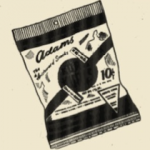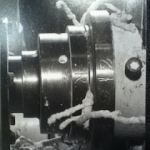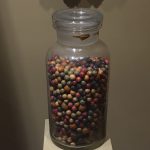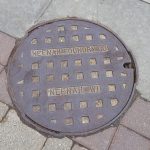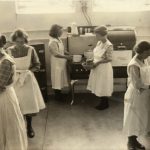It is often said that necessity is the mother of invention. This holds true for the Feed Grinder.
In the late 1920s, agronomist Clair Mathews noticed that the 1,200 Guernsey cows under his watch at the Dougan Dairy Farm in Beloit, Wisconsin, were not fully digesting the grain they were eating. As a result, they were not receiving the full nutritional benefit of the food.
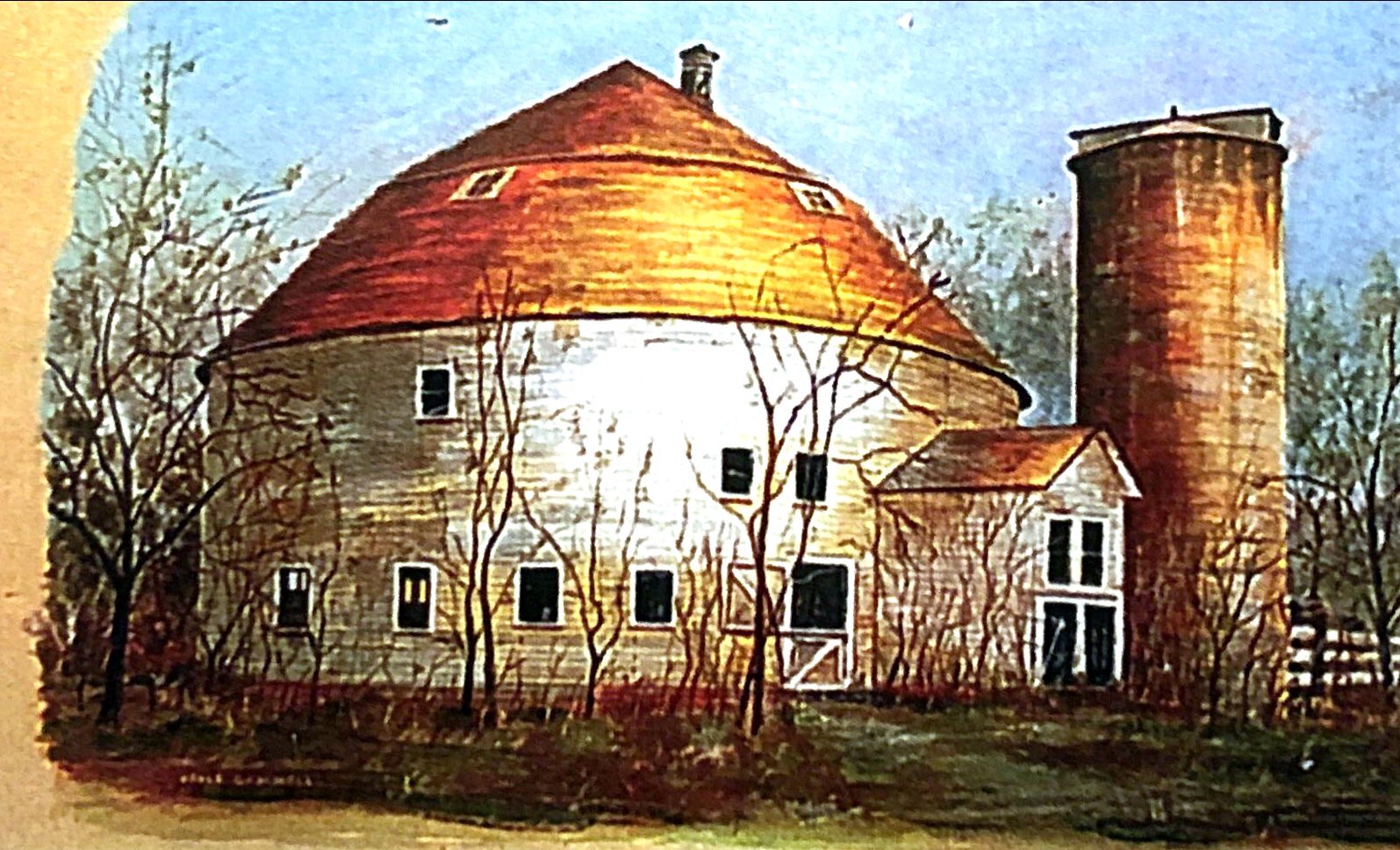
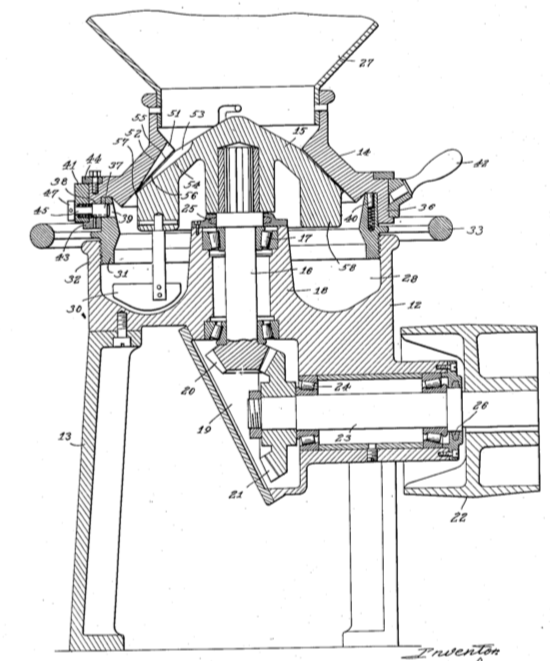 Mathews, who had studied agronomy at the University of Wisconsin-Madison, knew that a roller mill could be used to flatten the grain, thereby making it easier for cows to digest. However, when he suggested the use of a roller mill to the owners of the Dougan farm, they realized the mill would be too expensive to purchase. In a moment of rural ingenuity inspired by a mortar and pestle Mathews saw at a Beloit drugstore, he decided to make his own mill.
Mathews, who had studied agronomy at the University of Wisconsin-Madison, knew that a roller mill could be used to flatten the grain, thereby making it easier for cows to digest. However, when he suggested the use of a roller mill to the owners of the Dougan farm, they realized the mill would be too expensive to purchase. In a moment of rural ingenuity inspired by a mortar and pestle Mathews saw at a Beloit drugstore, he decided to make his own mill.
Using spare parts from the nearby Walsh Cabbage Farm, Mathews set to work to recreate the grinding he had witnessed with the mortar and pestle. Old wagon wheels anchored his design, which also incorporated a strainer funnel as the hopper and an old washing machine motor to generate power. When this initial motor failed to generate the power he needed, Mathews borrowed a 1.5 horsepower Fairbanks motor from the Dougan farm, added a belt needed to power the machine, and set to work processing some corn meal. The meal was ground under pressure and partially cooked in the process.

When the meal landed in the tray at the bottom of the machine, it emerged as a puffed product. By accident, Mathews’ Feed Grinder produced the precursor to a whole new type of snack food: the Korn Kurl.
Written by Cheryl Kaufenberg, September 2019.
